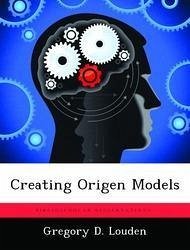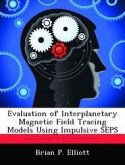The purpose of this study was to develop a methodology for creating problem-dependent cross section libraries for ORIGEN (Oak Ridge Isotope Generation and Depletion Code). The Air Force Technical Applications Center (AFTAC) has a requirement to classify spent nuclear fuel. The ORIGEN codes provide generic models of commercial nuclear reactor designs that are not adequate for the detailed analysis required by AFTAC. After comparing the methods that ORIGEN2 and ORIGEN-S use to develop burn up-dependent cross section libraries, the research focused on developing a methodology for creating new ORIGEN-S models. Models of the Ohio State University Research Reactor were created using the Coupled 1-D Shielding Analysis (SAS2H) module of the Modular Code System for Performing Standardized Computer Analysis for Licensing Evaluation (SCALE4.3). Model design parameters were examined by varying the fuel loading, composition temperatures, larger unit cells, and power histories. The results indicate that the SAS2H sequence has the potential to fulfill the technical requirements of the sponsor.
Hinweis: Dieser Artikel kann nur an eine deutsche Lieferadresse ausgeliefert werden.
Hinweis: Dieser Artikel kann nur an eine deutsche Lieferadresse ausgeliefert werden.








